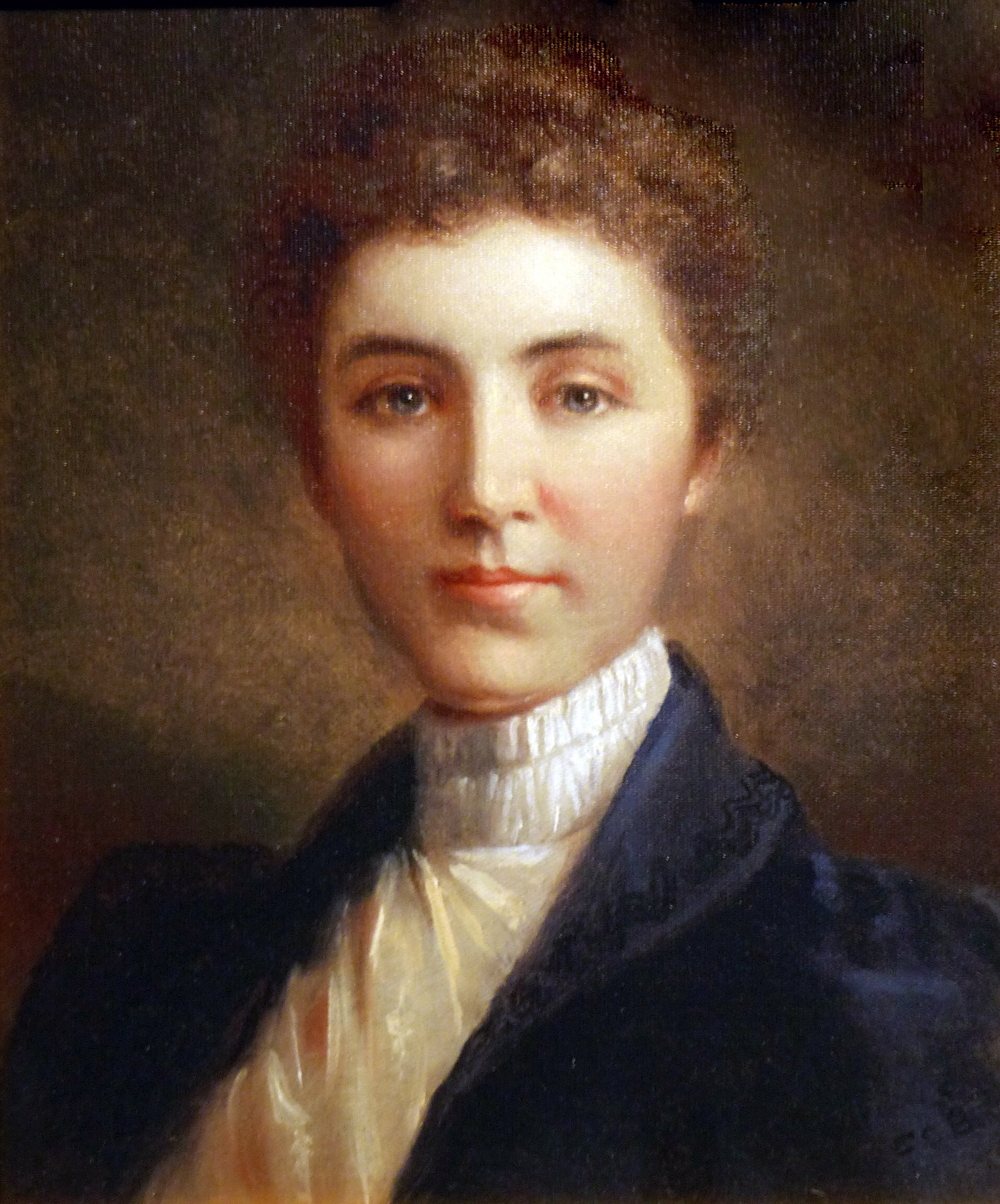
What became of the Old Fort?
But what became of the old fort? The guns were removed at the beginning of the Revolution, as already stated. Cartmell says: "Loudoun street was opened as a road from Cork to Piccadilly in 1761, through what was termed quagmire. It was not until after 1842 that it was extended from Fairfax lane north and through the stockade on Federal Hill. A roadway had been cut through the timber and hill, but the road or street received its first overseer and work in 1843." Bushels of minie balls, broken swords, shells, and other fragments of the utensils of defense have been seen on the hill within the memory of people still comparatively young. But before the street was graded, the war plant had become the site of educational institutions. About 1830 the Reverend Joseph Baker established on Fort Loudoun a flourishing Baptist academy, which lasted until his death in 1855. He was succeeded by Miss Casey, of New Jersey, who had been a teacher in his school, but who soon became Mrs. Newman. The property was bought by Mrs. Swartzwelder, an eminent musician, in 1868. She and the Reverend James B. Avirett conducted it as an Episcopal Seminary, Dunbar Institute. They were followed by Captain J. C. Van Fossen, who opened a classical school. The late Rev. John P. Hyde, D. D., after conducting the Valley Female College for five years at "Angerona," at that time a well known seat of learning at the head of Piccadilly street, now the residence of the late Mr. Thomas Cover, removed to Fort Loudoun in 1886, where the college continued an influential Methodist center until) at the end of fifteen years, Dr. Hyde, in 1901, retired on account of failing eyesight. It is an interesting coincidence-or was it thus decreed by the fates? -- that in 1905 the greater part of the grounds and the main building were acquired by a descendant of Colonel James Wood, and that for the first time the original name, Fort Loudoun, was given to the seminary of today.
James Wood, the younger, was stationed at one time at Fort Loudoun, as colonel of the Virginia line. The logs from the old stockade were used in various ways. Mr. David Hamilton built a tool house with some of them. Upon the erection of the John Kerr public school building, Mr. Hamilton stored the logs in the cellar of his home. During a bitter winter, when Mr. Hamilton was in Florida in charge of the orange grove of the late Mr. Henry Kinzel, Mrs. Hamilton, unable to obtain fuel, was obliged to use many of the historic logs. The next winter she asked Mr. John Nail whether he would exchange some toys for pieces of Fort Loudoun wood. That versatile genius gladly did so, and the exchange was made again at the next Christmas. He says, "Now I believe I am the only one in town who has any pieces of that wood." Mr. Nail made the gavel presented to Fort Loudoun by Mr. William Spottswood White, and highly prized.
See Winchester, Virginia And Its Beginnings, 1743-1814 By Katherine Glass Greene, 1926.